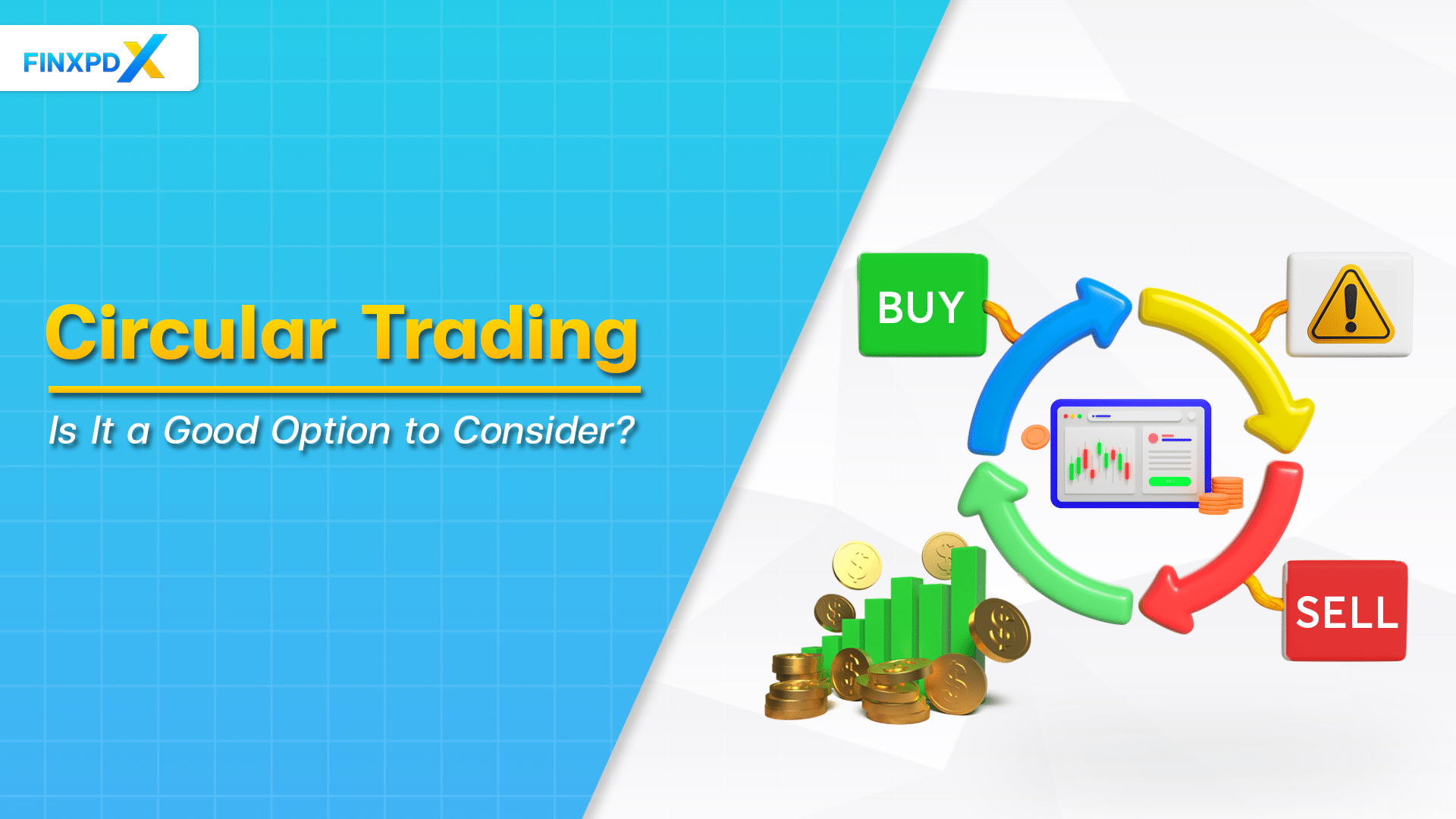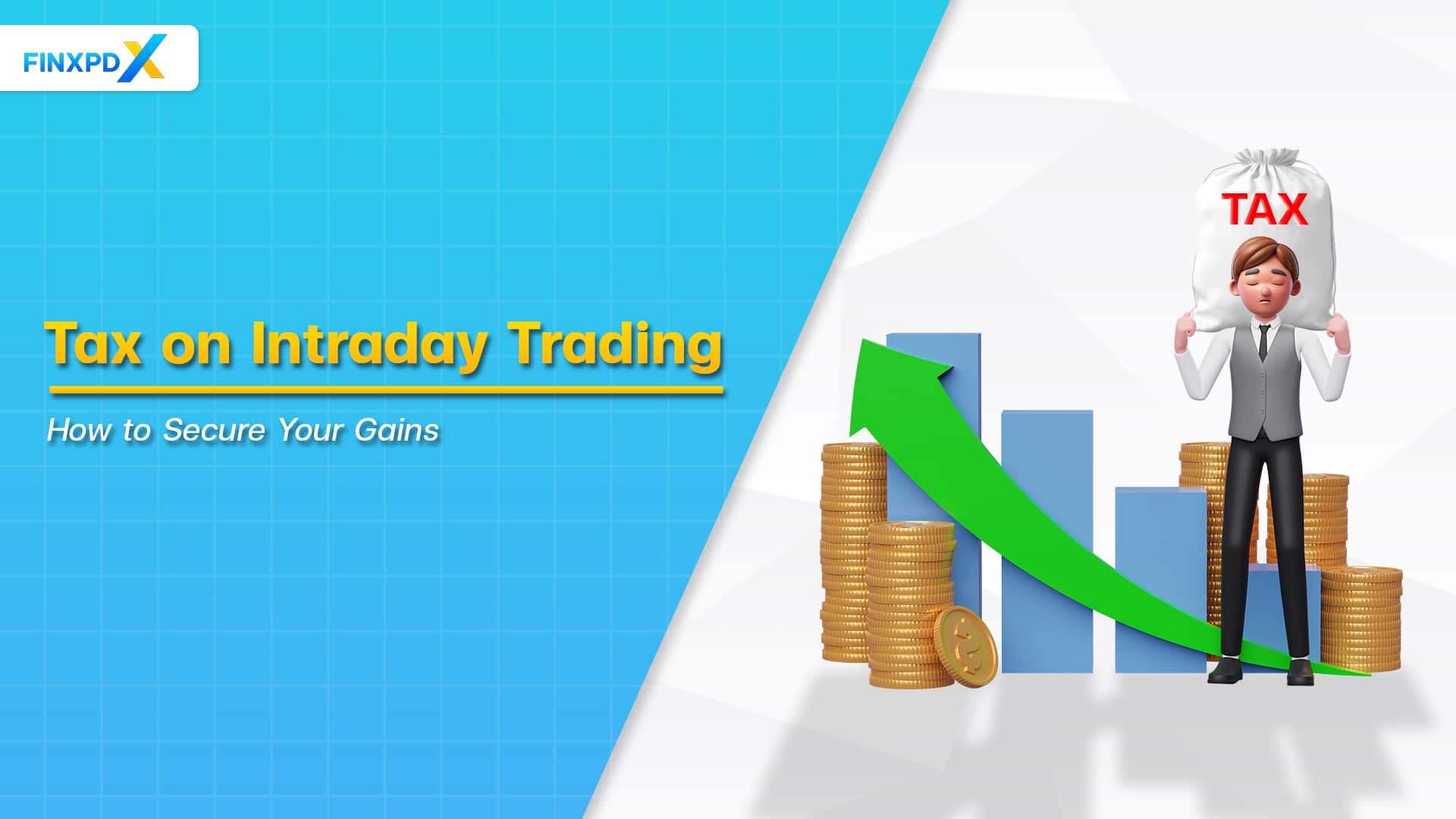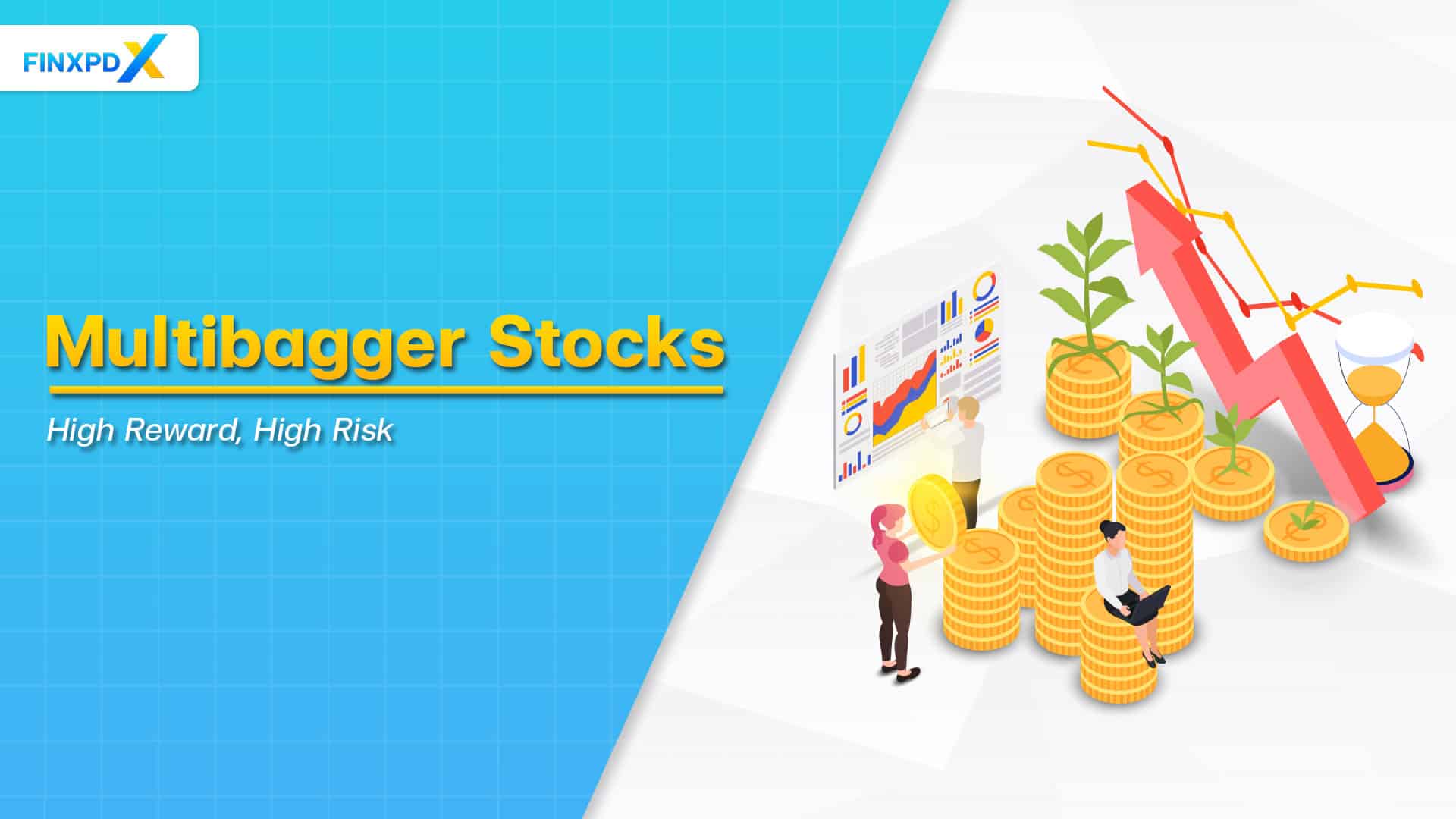Circular trading has been a topic of much debate in financial circles. At its core, it involves a group of investors buying and selling shares among themselves to inflate the stock’s price and volume, with the aim of attracting unsuspecting buyers in the wider market.
In this article, we will explore the mechanics of circular trading, how it works, its impacts on markets, examples, and tips to avoid the trap.
What Is Circular Trading?
Circular trading is a deceptive practice that involves the execution of trades between two or more parties with the intent to manipulate market conditions. This manipulation is often achieved through collusion and coordination among the involved parties, creating artificial demand or supply. As a result, circular trading can lead to price distortion and market inefficiencies.
However, it can occur in various financial markets, including stocks, commodities, and cryptocurrencies. It undermines the integrity of these markets by distorting prices and creating a false perception of market activity. These manipulative practices deceive other investors, making it difficult for them to make informed investment decisions based on genuine market conditions.
Key Takeaways
- Circular trading, involving deceptive practices to manipulate the market, distorts prices, increases volatility, and reduces market efficiency.
- Regulators enforce financial regulations to protect investors from circular trading.
- Circular trading undermines market integrity and deceives other investors.
How Circular Trading Works
They operate through the implementation of various tactics employed by colluding parties. These practices aim to manipulate market conditions and deceive other market participants. Some common techniques include:
Wash Trades
This tactic involves the same party buying and selling securities to create the illusion of market activity. By doing so, they artificially inflate trading volume and create the perception of increased demand or supply.
Matched Orders
In matched orders, parties coordinate their trades to execute them at predetermined prices. This coordination allows them to control the price movement of a security and manipulate market conditions.
Pumping and Dumping
This technique involves artificially inflating the price of a security through circular trading. Once the price has been pumped up, the colluding parties sell their shares at a profit, causing the price to collapse. This deceives other investors who may have been influenced by the artificially inflated price.
How Circular Trading Affects Financial Markets
This practice has significant impacts on financial markets, leading to various consequences that can negatively affect market integrity and investor confidence. Understanding these effects is essential for investors and regulators to develop strategies to combat market manipulation and maintain a fair and transparent trading environment.
Distorted Prices and Increased Volatility
It distorts the prices of securities, commodities, or cryptocurrencies, creating artificial demand or supply. These distorted prices can lead to increased price volatility, making it difficult for genuine investors to assess market conditions and make informed investment decisions accurately.
Reduced Market Efficiency
It compromises the efficiency of financial markets by creating inefficiencies, hindering the fair allocation of resources and market competition. This reduces the overall efficiency of market operations and hampers the functioning of supply and demand dynamics.
Undermined Market Integrity
It undermines the integrity of financial markets by eroding transparency and fairness. The deceptive practices employed in circular trading deceive other market participants, causing them to question the legitimacy of market prices and the overall fairness of the trading environment.
Impacted Investor Confidence
When investors witness or suspect its activities, it erodes their confidence in the fairness and integrity of the market. This loss of confidence can result in reduced investor participation and liquidity, negatively impacting the overall vibrancy and stability of the financial markets.
5 Real-Life Circular Trading Examples
Here are five real-life examples that have had significant impacts on the financial markets:
- Enron: In the early 2000s, Enron, a well-known energy company, engaged in circular trading to inflate its stock price. Top executives colluded to create artificial demand, leading to the eventual downfall and bankruptcy of the company.
- London Whale: In 2012, a trader at JPMorgan Chase, known as the “London Whale,” engaged in circular trading through massive derivative trades. These trades distorted prices and resulted in substantial losses for the bank.
- Bitconnect Ponzi Scheme: The cryptocurrency market saw the infamous Bitconnect Ponzi scheme, which involved circular trading to artificially increase the value of its native token. The scheme eventually collapsed, leading to regulatory action.
- Libor Scandal: Major banks were involved in collusive circular trading to manipulate the London Interbank Offered Rate (Libor), impacting global interest rates. This scandal resulted in legal repercussions for the banks involved.
- Flash Crash: In 2010, the market experienced the “Flash Crash,” where automated circular trading algorithms triggered a rapid and severe drop in stock prices before rebounding. This event highlighted the risks associated with high-frequency trading.
These real-life examples illustrate the detrimental effects of circular trading on the financial markets, leading to market manipulation, significant losses, and legal actions.
5 Tips to Avoid Circular Trading Traps
To protect yourself from falling into circular trading traps, it is crucial to be informed and proactive. Here are five tips to help you navigate the market safely:
1. Educate Yourself
It is important to understand circular trading comprehensively and familiarize yourself with the signs of market manipulation. By being aware of these practices, you can better identify red flags and protect your investments.
2. Conduct Due Diligence
Before making any investment decisions, conduct thorough research on the companies, markets, and investment opportunities. By thoroughly vetting your options, you can significantly reduce the risk of falling victim to circular trading.
3. Diversify Your Portfolio
Spreading your investments across different asset classes can help mitigate potential risks associated with circular trading. By diversifying, you minimize the impact that any individual investment may have on your overall portfolio.
4. Stay Informed
Keeping updated with market news, regulatory developments, and any suspicious trading activities reported in the media. Staying informed ensures that you are aware of potential risks and can make informed investment decisions.
5. Report Suspicious Activities
If you suspect circular trading or market manipulation, it is essential to report it to the relevant authorities or regulatory bodies responsible for market surveillance. By doing so, you contribute to maintaining market integrity and protecting other investors.
Conclusion
Circular trading is a harmful practice where investors work together to falsely inflate stock prices. This not only distorts the market but also creates unnecessary risk and confusion for other investors. High-profile cases like Enron have shown just how damaging this can be.
To stay safe, it’s important for investors to keep informed, research thoroughly, spread out their investments, and report any strange activities they notice. Being aware and proactive is crucial in keeping the markets fair and trustworthy for everyone.
FAQs
It is a manipulative practice where a group of investors buy and sell shares among themselves to artificially inflate a stock’s price and trading volume.
Yes, it is illegal as it involves market manipulation and deception.
It distorts stock prices, creates volatility, and reduces the efficiency and integrity of the financial market.
It can be identified by unusual trading patterns, such as high volume with little price change, and trades frequently involving the same set of investors.
Regulatory bodies enforce strict market surveillance, implement legal penalties, and promote awareness to prevent circular trading.
Related Articles:
- Prop Desk Trading: Unlocking Profitable Opportunities
- Dow Theory: How to Predicting Market Trends Effectively
- Long Unwinding: An Interesting Technique in Trading
Read more: Stocks








